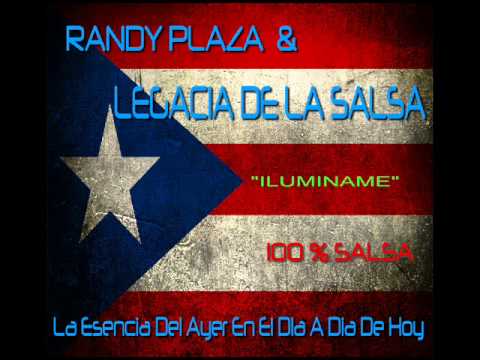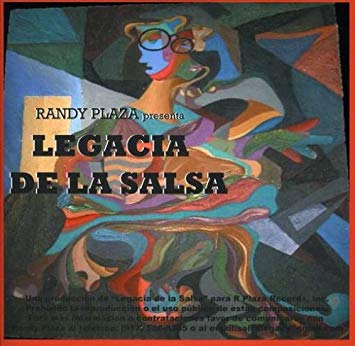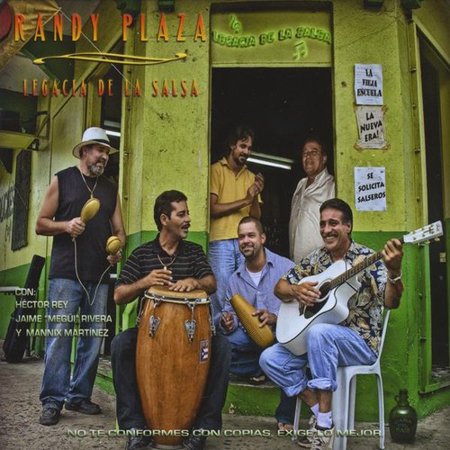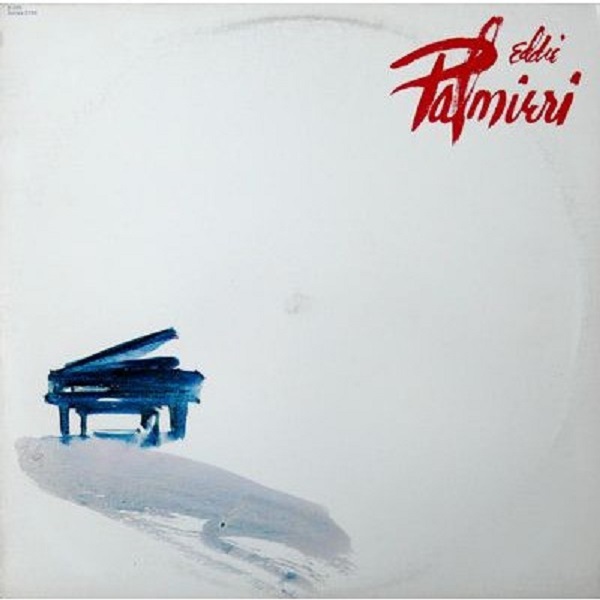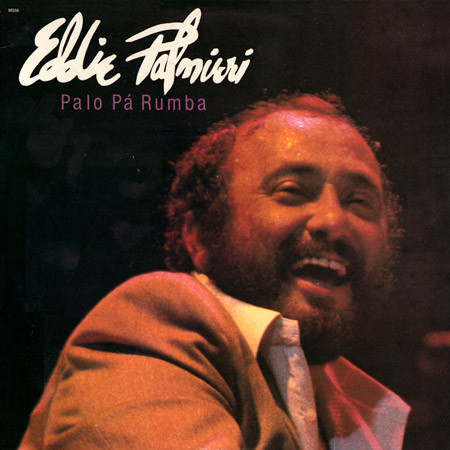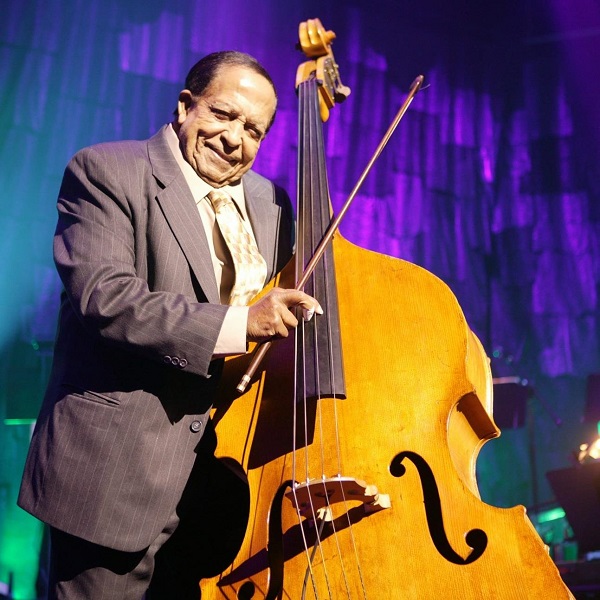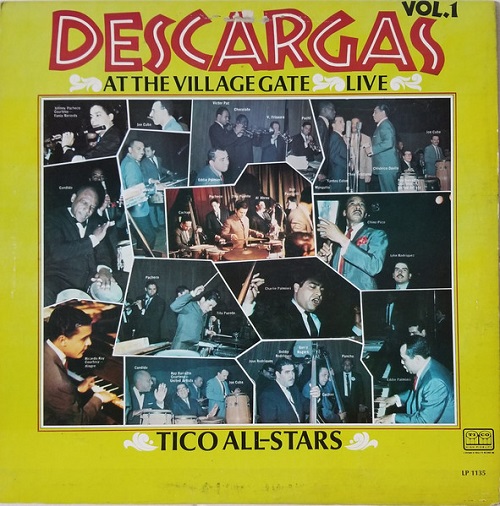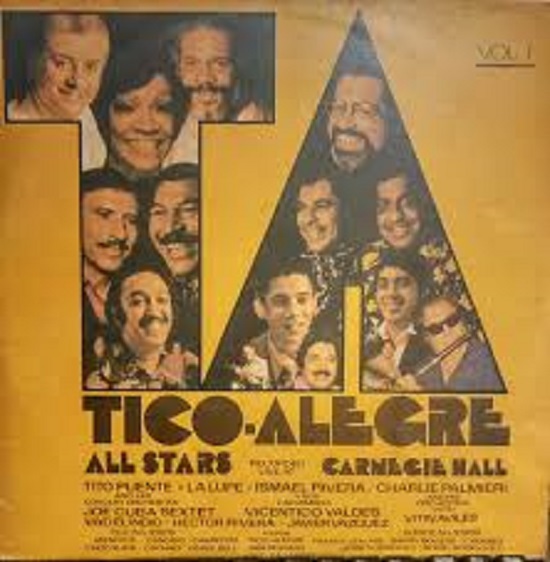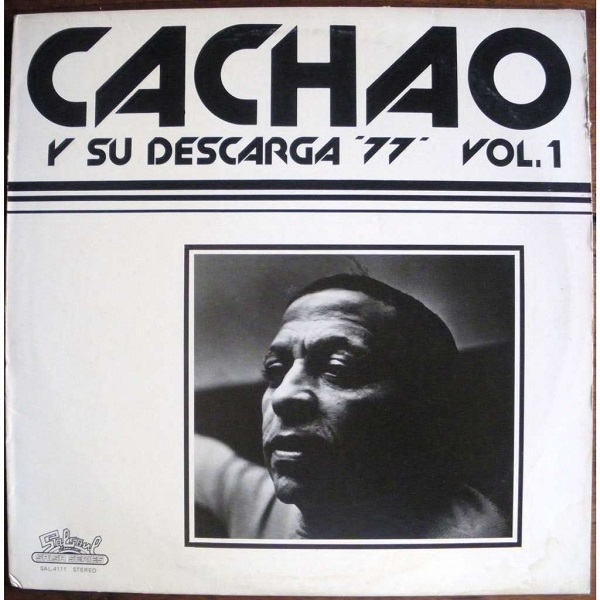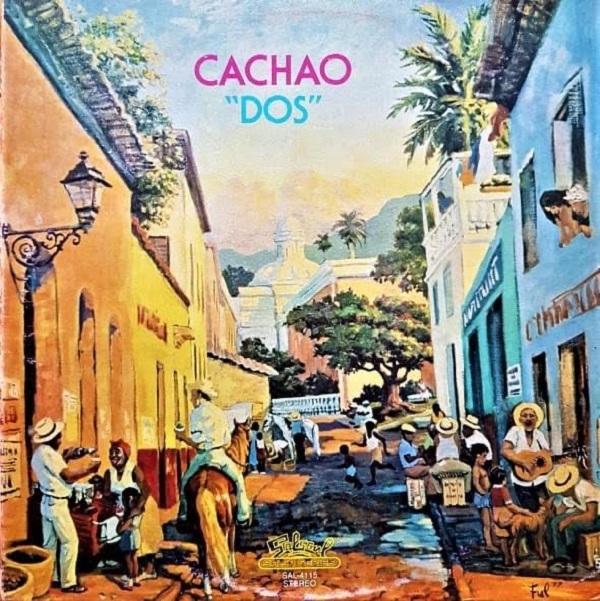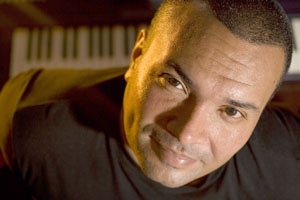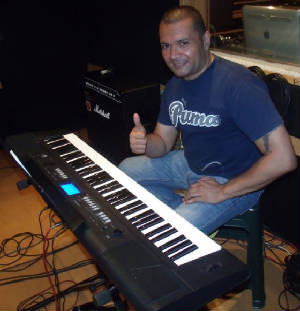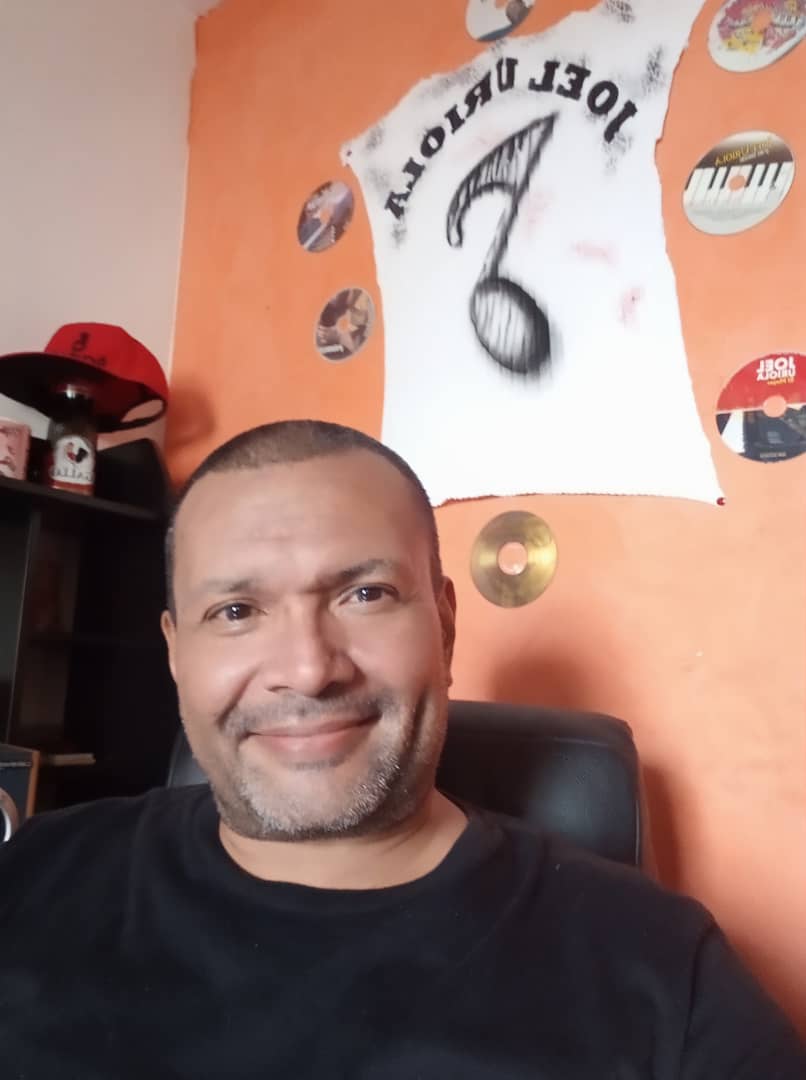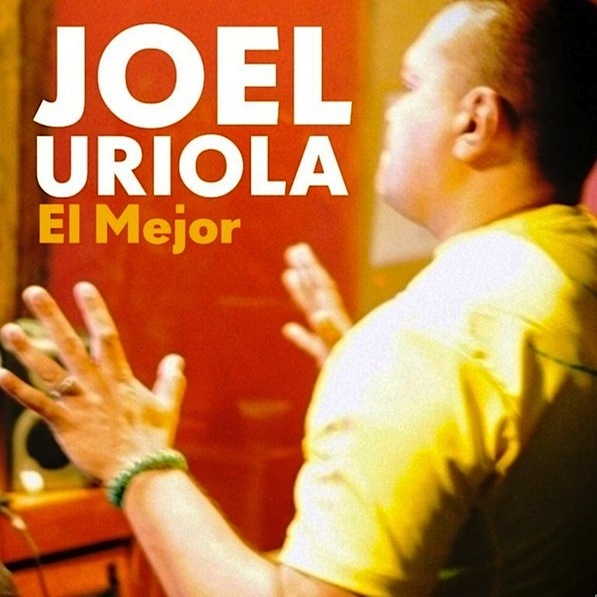|
|
Afrekete Afro-Cuban FestivalAug 04 2023 – Aug 06 2023
|
Seagulls ResortAddress: 74 The Esplanade, Belgian Gardens QLD, Australia, 4810 DescriptionAfrekete Afro-Cuban Festival “Tropical Edition”offers a weekend of dance & music workshops and performances in the Roots of Salsa from Australia’s Cuban artists. Cost Pass: $ 222 |
 |
Hanmer Salsa Winter FestivalAug 18 2023 – Aug 19 2023
|
Hanmer Springs War Memorial HallCorner Amuri Ave & Cheltenham St, Hanmer Springs, New Zealand, 7334 Description The Famous Hot Springs Salsa Annual Winter Festival New Zealand, with Latin Dance Workshops in the Afternoon & Salsa Parties at Night, to move to the rhythms of Salsa, Zouk, Bachata, Merengue & Cha at the Alpine Hanmer Springs Memorial Hall. Everyone is welcome to come, no matter if you’re a beginner, seasoned dancer or have never danced before, there is something for you. Cost: Pay At Event |




